Fire testing & classification
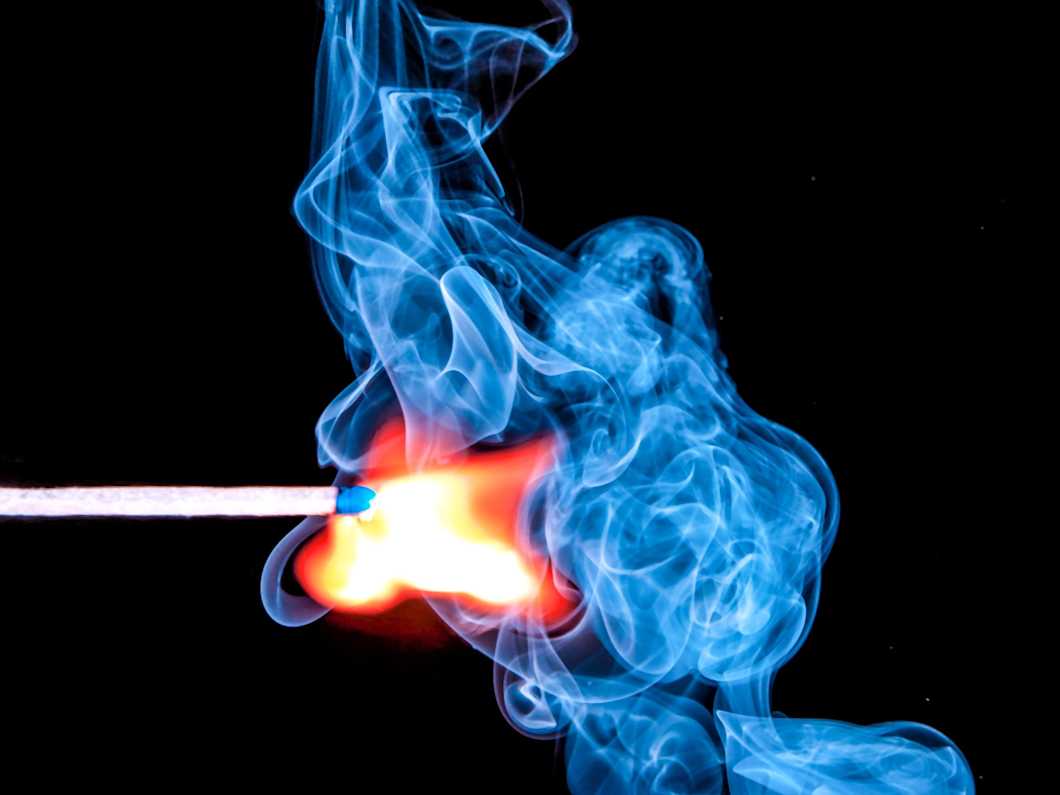
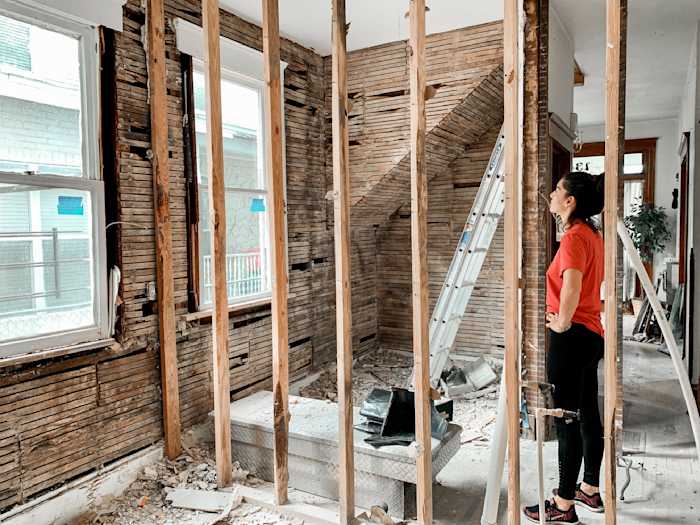
Testing of building materials
We perform reaction to fire tests and flammability tests for building materials like mineral wools and boards, electric cables, and surface materials like paints and other cover systems. Our most popular services listed below include for example fire classification by EN 13501-1, reaction to fire tests for flooring by EN ISO 9239-1, ignitability with small flame and single burning item tests.
EN 13501-1: Fire classification of construction materials and building elements
EN 13823: Fire testing with a Single Burning Item (SBI)
EN ISO 1182: Non-combustibility test
EN ISO 11925-2: Ignitability with a small flame
EN ISO 1716: Gross heat of combustion (calorific value)
EN ISO 9239-1: Reaction to fire tests for flooring
Prices excluding VAT.

Testing of textiles and upholstered furniture
We test all types of textiles used for decoration purposes: bed covers, pillows, mattresses, furniture upholstery, curtains and rugs. Tests are done with small flame and smoldering cigarette tests according to e.g. IMO 2010 FTPC Part 7, 8, and 9, EN ISO 11925-2 and EN 1102. Our fire testing experts will help you in creating a suitable testing plan that covers all use purposes of the textiles.
Ignitability of upholstered furniture by EN 1021-1 and EN 1021-2
IMO 2010 FTPC Part 8 – Test for upholstered furniture
IMO 2010 FTP Code Part 7 – Test for vertically supported textiles and films
IMO 2010 FTPC Part 9 – Test for bedding components
Prices excluding VAT.
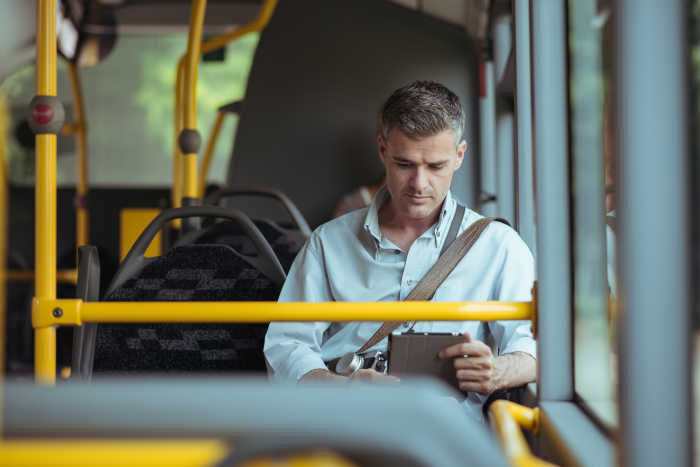
Testing according to UN/ECE Regulation No. 118
We offer fire testing also according to UN/ECE Regulation No. 118 for materials used in vehicles and buses. Our testing capabilities include tests for horizontal flame propagation, vertical flame spread, and melting behavior of fusible materials. Please see prices and further details about the tests in the service cards listed below or contact us to get help from our experts to create a suitable testing plan.
Horizontal flame propagation according to UN/ECE Regulation No. 118, Annex 6
Melting behavior of fusible materials according to UN/ECE Regulation No. 118, Annex 7
Vertical flame spread according to UN/ECE Regulation No. 118, Annex 8
Prices excluding VAT.
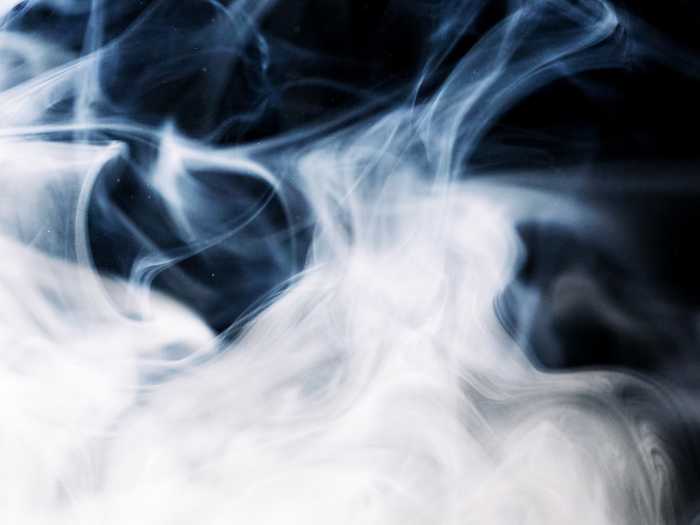
Smoke and toxicity testing
We offer a full range of smoke and toxicity tests. Our fire testing experts help you designing the testing plan to make sure all your materials meet all regulations and standards. All tests are done in EN ISO/IEC 17025 accredited fire-testing laboratories.
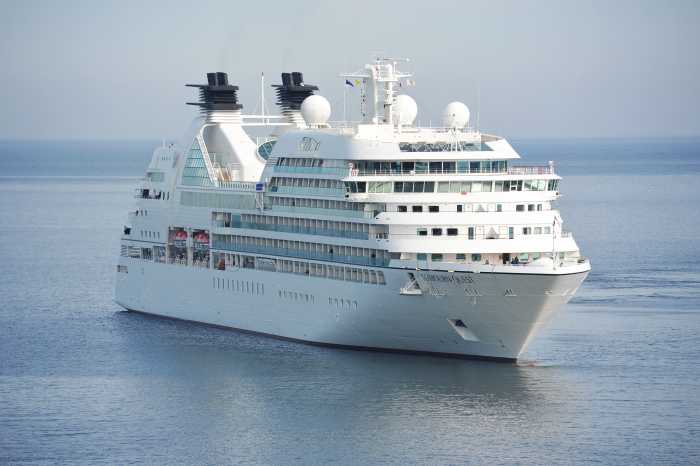
IMO 2010 tests for marine vessels
We have an expert specialized in fire testing for marine vessels according to IMO 2010 (International Maritime Organization Fire Testing Procedures). We perform test parts 1, 2, 5, 7, 8 and 9: smoke and toxicity test, surface flammability, vertically supported textile and film test, upholstered furniture test and bedding component test. Test reports can be used to get the wheel mark type approval.
IMO 2010 FTPC Part 1 – Non-combustibility test
IMO 2010 FTP Code Part 2 – Smoke and toxicity test
IMO 2010 FTPC Part 5 – Test for surface flammability
IMO 2010 FTP Code Part 7 – Test for vertically supported textiles and films
IMO 2010 FTPC Part 8 – Test for upholstered furniture
IMO 2010 FTPC Part 9 – Test for bedding components
Prices excluding VAT.
Why choose Measurlabs?
Widest range of testing methods – get all your tests done in the same place.
Best laboratories – for every test, we have sourced the best lab for that particular method, which means that you get the most accurate results and the best price.
Personal service – get help from method experts if you are unsure about standards, your testing needs or sample suitability.
Specify your needs and get a quote
Fill in the form, and we'll reply in one business day.
Have questions or need help? Email us at info@measurlabs.com or call our sales team.